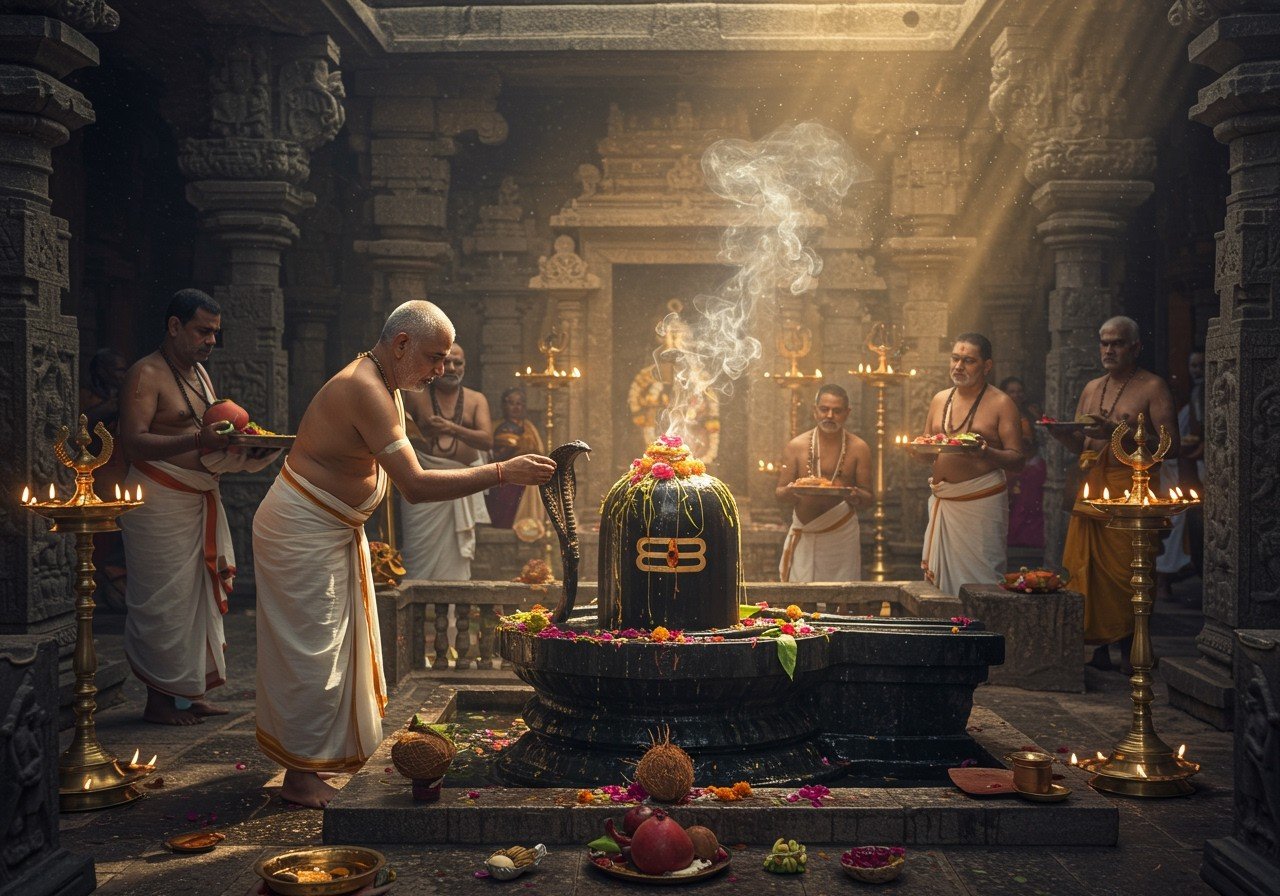
Visiting a Shiva temple is a deeply enriching experience, connecting us with our spiritual heritage. This guide offers insights into how to make your temple visit truly meaningful, from understanding the significance of these sacred spaces to observing proper etiquette and engaging in traditional rituals.
Understanding the Sanctity of Shiva Temples
Shiva temples are not mere structures; they are vibrant hubs of spiritual energy and devotion, deeply woven into the fabric of Hindu culture. These temples often showcase stunning architecture, featuring the revered Shivalinga, the loyal Nandi, and intricate sculptures that narrate ancient stories. The sanctum sanctorum, the heart of the temple, houses the deity and radiates a powerful spiritual aura. A visit to a Shiva temple can bring a sense of peace, fostering spiritual growth and inner harmony. Across India, you’ll find a rich tapestry of Shiva temples, each with its own unique history and cultural significance, offering a diverse range of spiritual experiences.
To delve deeper into the significance of Hindu temples, you can explore our blog post: Hindu Temples: Sacred Spaces and Their Significance.
Planning Your Visit: Respecting Time and Tradition
Temple Timings
Most Shiva temples follow specific opening and closing hours, often with dedicated times for morning and evening aarti. The Brahma Muhurta, the period just before dawn, is considered especially auspicious for a temple visit. It’s always wise to check for any changes in timings during festivals or special religious occasions. Planning your visit during less crowded periods can enhance the tranquility of your experience. Some temples even offer guided tours or priest-led rituals, providing a deeper understanding of the temple’s history and practices.
Dress Code: Honouring Tradition
Dressing modestly is a mark of respect when visiting a Shiva temple. Traditional attire, such as dhotis for men and sarees or salwar kameez for women, is often preferred. Adorning a tilak or bindi can further express reverence. Remember to remove your footwear before entering the temple premises. Choosing comfortable, seasonally appropriate attire while adhering to the dress code ensures a pleasant and respectful visit.
Find beautiful and appropriate traditional clothing for your temple visit at poojn.in.
Temple Etiquette: A Guide to Respectful Conduct
Inside the temple, maintaining a quiet and respectful atmosphere is paramount. Key rituals include offering milk, water, or flowers to the Shivalinga, each gesture carrying symbolic meaning. Performing pradakshina, a clockwise circumambulation of the sanctum sanctorum, is a customary practice. Receiving prasad, the blessed food offering, is a significant part of the temple experience; consume it with reverence or share it respectfully with others. Temple priests play a vital role in guiding rituals and ceremonies, and interacting with them respectfully is encouraged. Participating in group prayers or aarti sessions fosters a sense of community and shared devotion.
Preparing for Your Visit: Practical Tips
-
Purity and Cleanliness: Begin your journey by cleansing yourself, both physically and mentally. A bath or shower before your visit symbolizes purity and prepares you for a spiritual experience. Quiet reflection or meditation can further enhance your mental preparedness.
-
Offerings: Bringing offerings is a traditional way to express devotion. Flowers, fruits, and especially bael leaves, sacred to Lord Shiva, are common offerings. You can often purchase these near the temple or even bring them from home.
-
Essentials: Carry a few essential items with you. A water bottle is useful, especially during warmer weather. A small donation for the temple’s upkeep is customary. You might also want a shawl or scarf for added comfort or modesty.
Find everything you need for your Shiva Puja, from pure copper kalash to fresh flowers and authentic Gangajal, at poojn.in. We also offer a convenient Mini Panchang service to help you determine auspicious dates and timings for your temple visit. For bulk orders or specific requirements, our customer service team is always ready to assist you. Call us at 03369029784 or WhatsApp us at 9476142738.
The Deeper Significance: Rituals and Offerings
-
Abhishekam: Witness or participate in the sacred Abhishekam ritual, where the Shivalinga is bathed with milk, honey, and other sanctified liquids. This ritual is believed to purify and invoke divine blessings.
-
Archana: Offer flowers and prayers during the Archana ceremony, a beautiful expression of devotion and reverence.
-
Offerings and Their Symbolism: Each offering holds a unique significance. Bilva leaves symbolize purity and devotion, while Rudraksha beads are believed to possess spiritual and healing properties. Panchamrit, a mixture of milk, yogurt, honey, ghee, and sugar, represents the five elements. Offering a coconut symbolizes surrender and the breaking of the ego.
Additional Considerations for a Smooth Visit
-
Respectful Observances: Be mindful of specific customs and traditions, particularly during festivals or special ceremonies. Women should be aware of restrictions that may apply during their menstrual cycle.
-
Food and Drink: Avoid bringing outside food or chewing gum inside the temple. Prasad, the blessed food, should be consumed in designated areas. Carry water, especially during hot weather, to stay hydrated.
The Essence of Shiva Temples and Practices
-
Jyotirlingas: Discover the significance of the 12 Jyotirlingas, the most sacred abodes of Lord Shiva, each representing a unique facet of the divine.
-
Maha Shivaratri: Learn about Maha Shivaratri, a major festival celebrating the union of Shiva and Parvati, marked by night-long vigils, fervent prayers, fasting, and special ceremonies.
-
Spiritual Benefits: Understand the spiritual significance of worshipping the Shivalinga, believed to be a direct path to connect with Lord Shiva, invoking divine energy, purification, and blessings.
For a comprehensive guide on the Ernakulam Shiva Temple, visit our blogs: Ernakulam Shiva Temple: Kochi’s Spiritual Heart and Ernakulam Shiva Temple: Your Complete Visit Guide.
Conclusion: Embrace the Spiritual Journey
A visit to a Shiva temple is more than just a ritual; it’s an immersion into a rich tapestry of tradition, a moment of connection with something larger than ourselves. By planning thoughtfully and approaching the experience with respect and reverence, you open yourself to a deeply fulfilling and peaceful journey. Whether you offer prayers, admire the sacred architecture, or simply soak in the serene ambiance, each moment holds the potential for spiritual exploration, bringing you closer to the divine blessings of Lord Shiva. May your visit be a source of peace, inspiration, and connection to your spiritual heritage.


